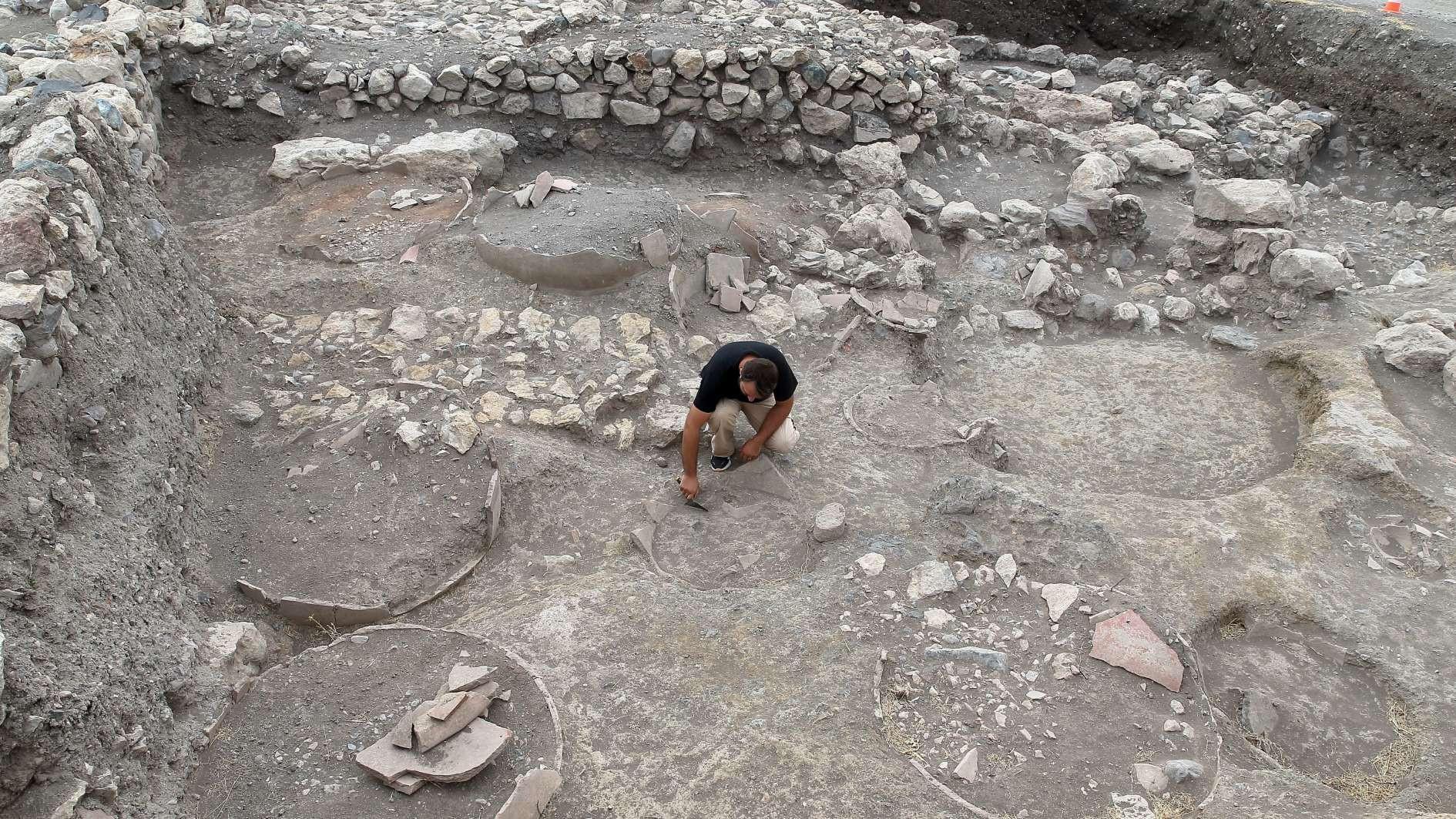
Archaeological excavations have resumed at Hattusha, the capital of the Hittite Empire and one of Türkiye’s most important ancient sites, located in the Boğazkale district of the central province of Çorum. This year marks the 119th excavation season at the site, which has been unearthed with intermittent breaks since 1906.
The work is being led once again by Professor Andreas Schachner, who stated that the ongoing excavations aim to shed light on different phases of the Hittite civilization, one of Anatolia’s earliest and most influential cultures. The ancient city is inscribed on both the UNESCO World Heritage List and the Memory of the World Register.
“This year is my personal 20th season. Currently, we are working in the area between the Great Temple and the palace, specifically on the northwestern slope of the citadel, just beyond the second terrace. Our aim is to understand how this space evolved over time — how it was used, what functions it served, and how it changed through different historical periods,” Schachner said,
The ancient city of Hattusha continues to provide crucial data about the Hittites and earlier Anatolian cultures. This season’s excavations focus on the area between two key monumental structures: the Great Temple and the royal palace. Researchers hope this will provide insight into urban planning, architectural transitions, and socio-political dynamics across time.
In addition to the main dig site, investigations are also taking place at several auxiliary locations. “There’s a small cave beneath Ambarlı Rock, where our work is still ongoing. We are also exploring an unexamined part of the royal palace, and tomorrow, we plan to begin digging on the western slope of the citadel,” Schachner said. He noted that the 2025 season officially began on June 23.
A key target this year is the completion of excavations in an area believed to be from the Galatian period, located directly behind the main working zone. “That section is close to being finalized,” Schachner noted. “But at the same time, we are observing architectural traces from the Hittite era, especially in the upper levels of the site. These findings indicate that more focused work is required in those parts.”
The excavations at the citadel are not limited to a single historical era. Schachner emphasized that their efforts encompass both the Hittite period and the Iron Age. “On the western slope as well, we are primarily expecting to reach data from the Hittite period,” he said. “In short, we anticipate uncovering significant new information from a range of time periods. The data we gather this year will contribute not only to our understanding of the Hittite Empire but also to broader questions about Anatolian history and ancient urban development.”